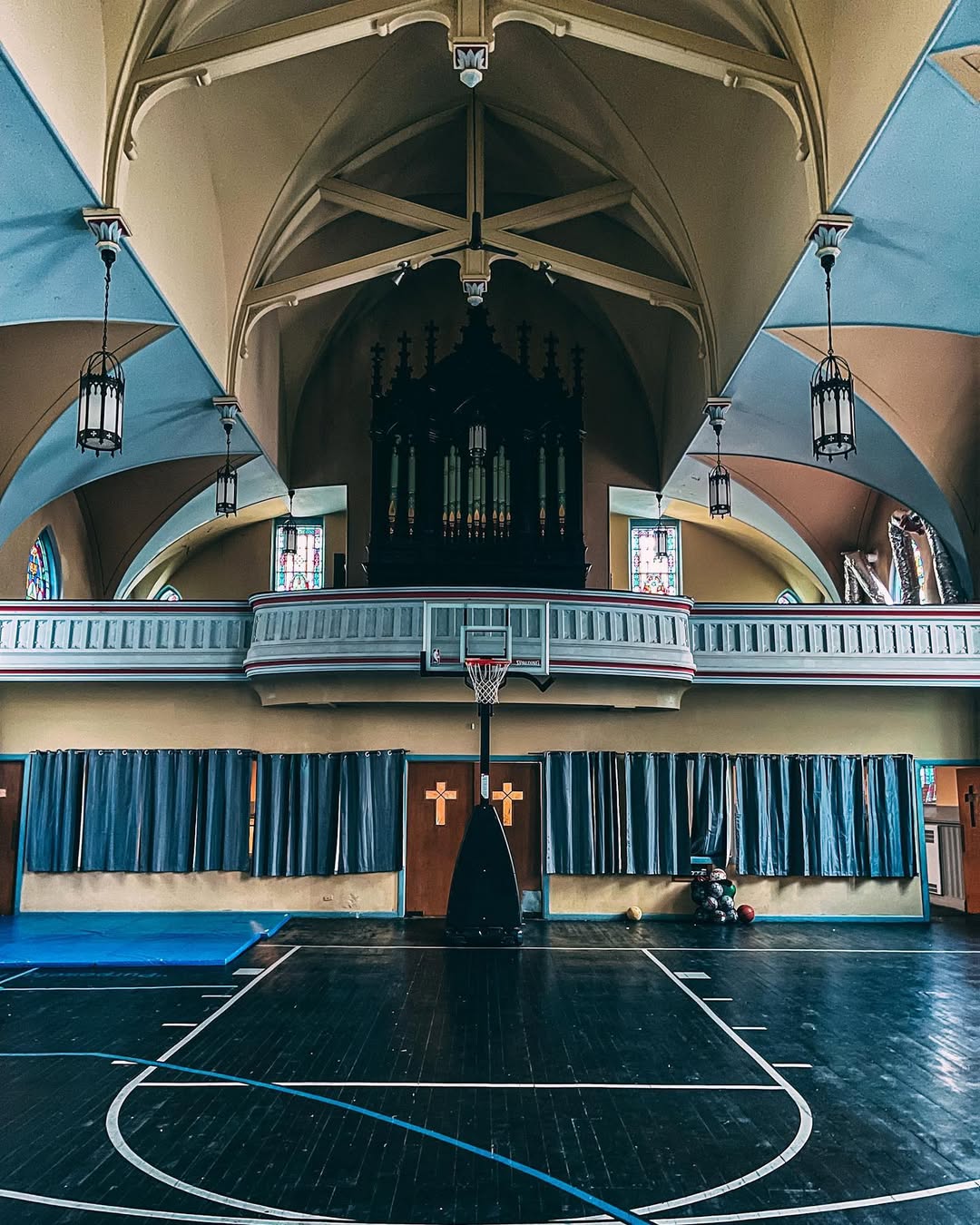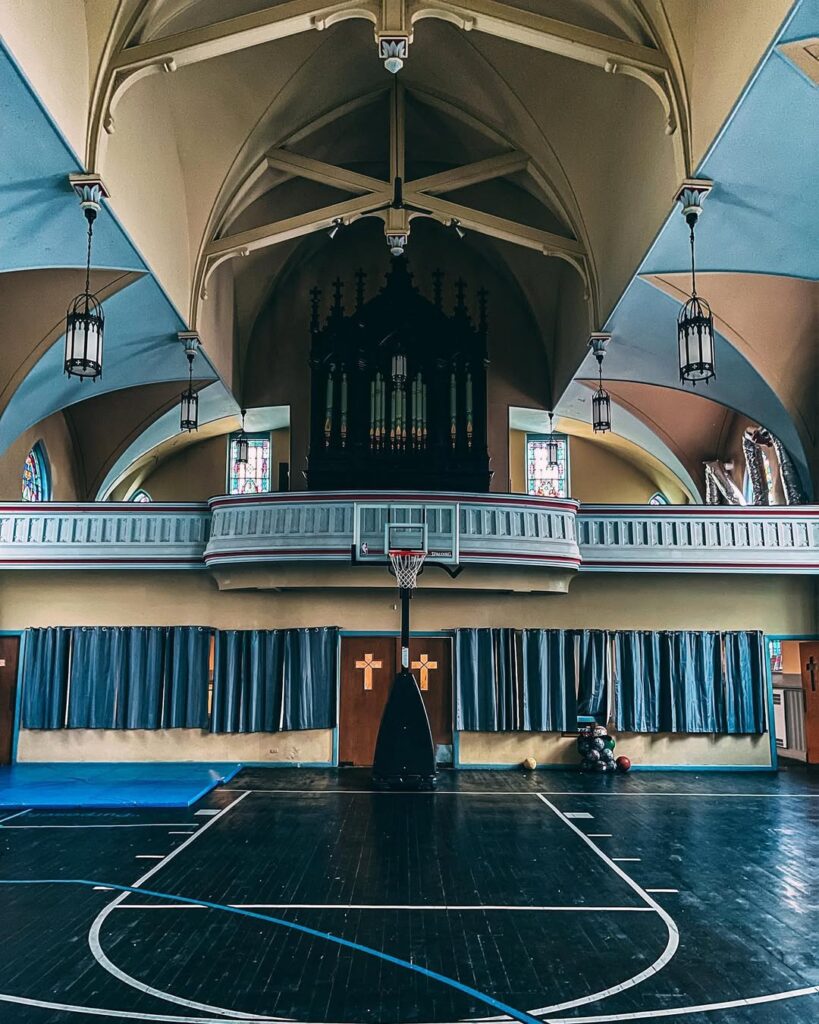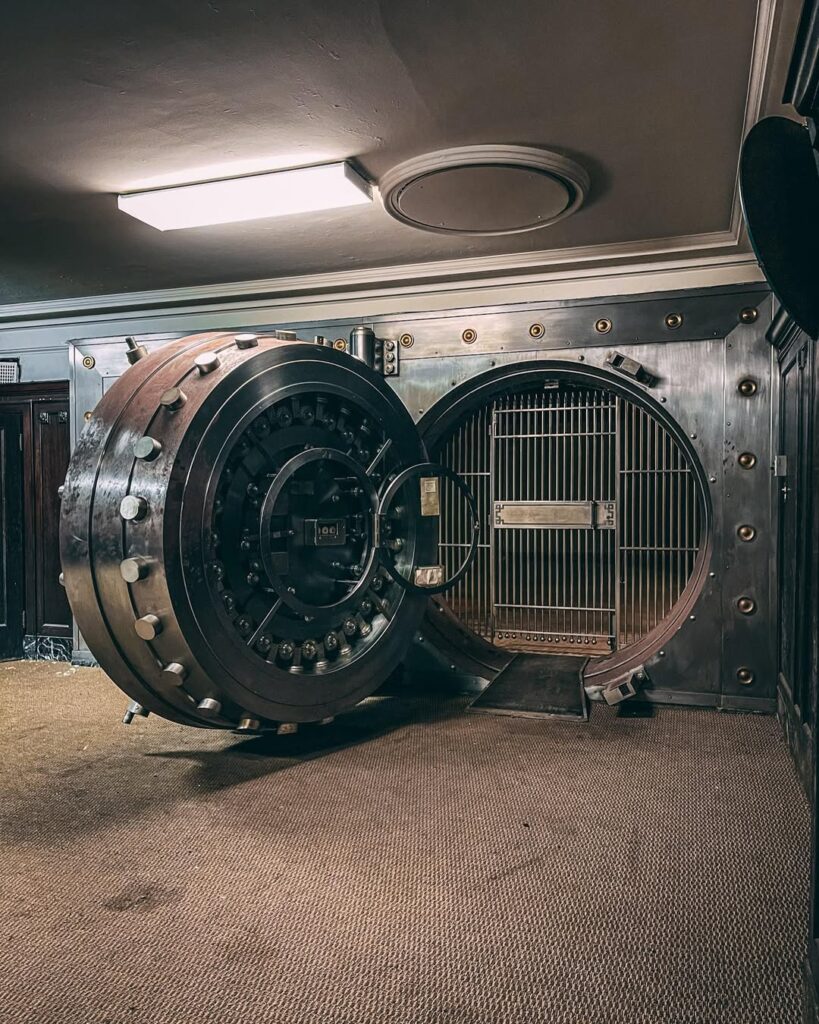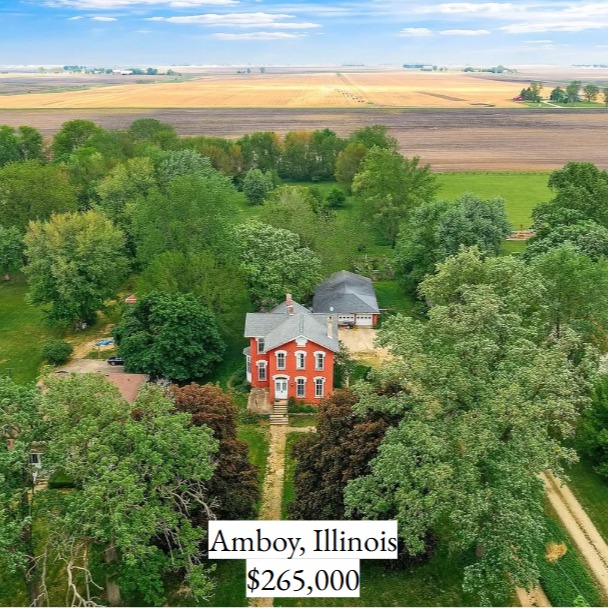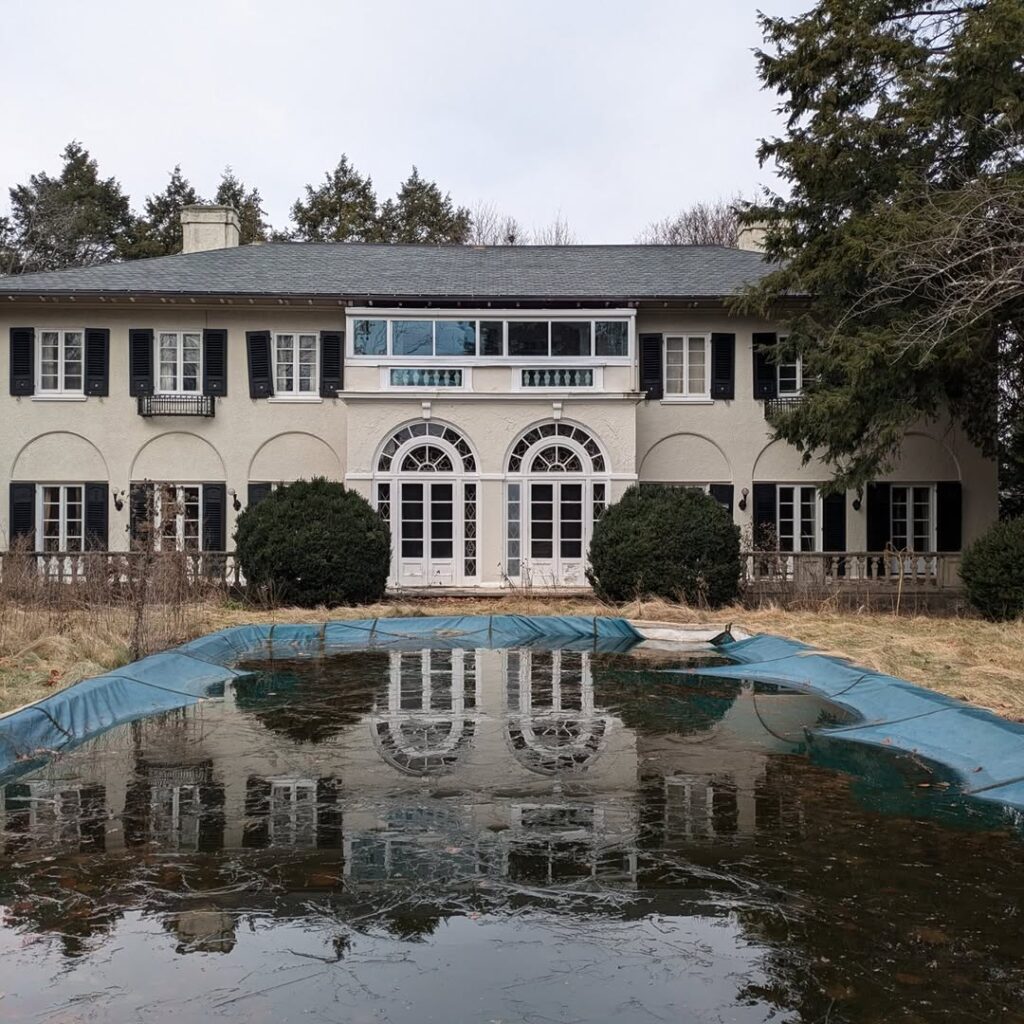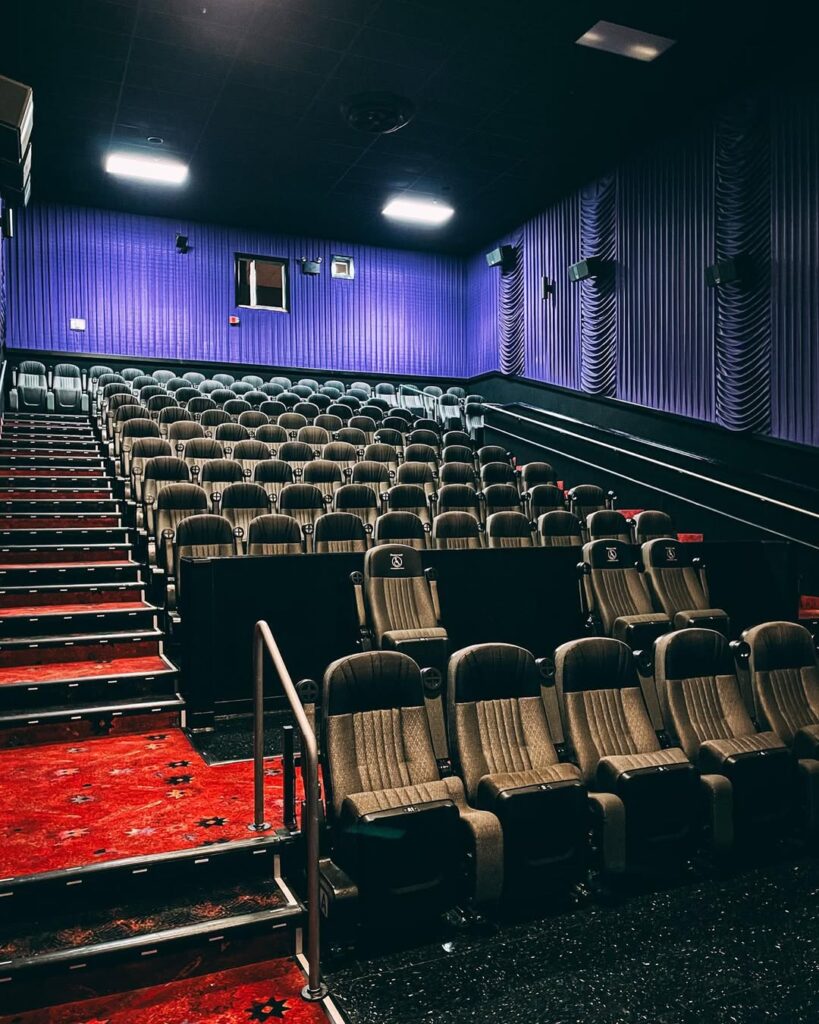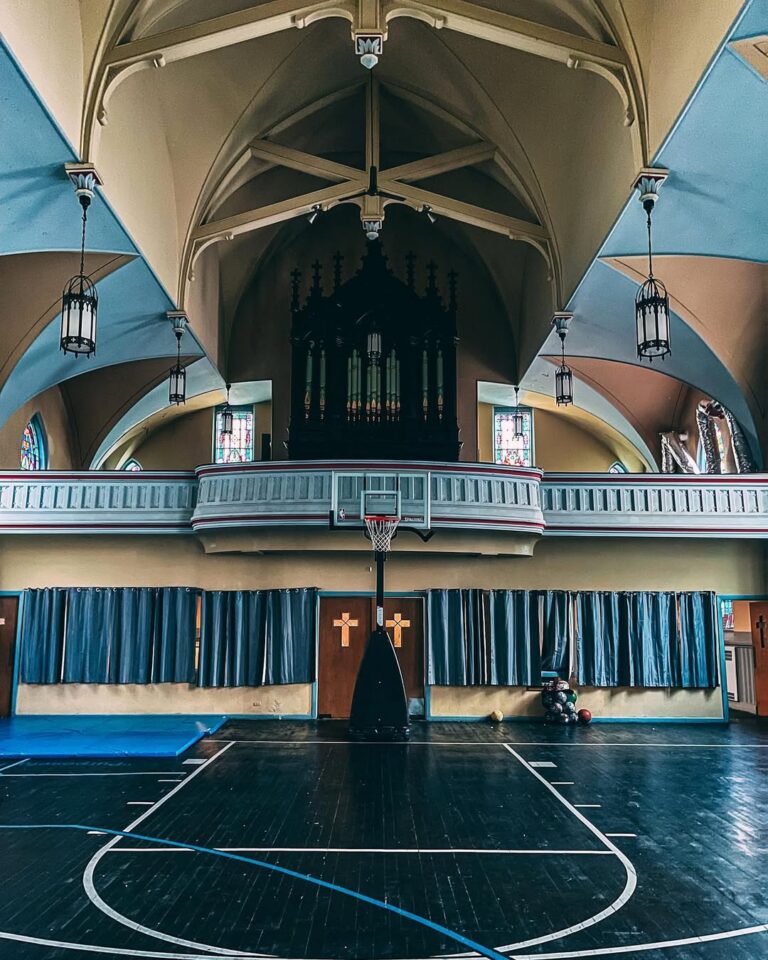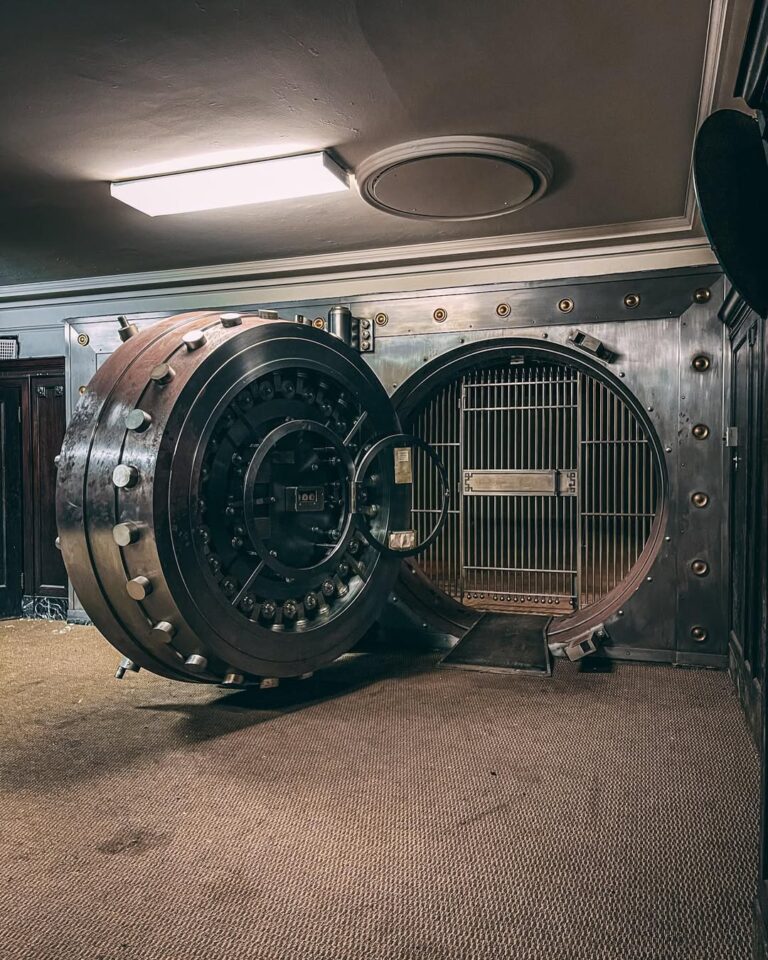In the heart of Chicago’s urban landscape lies a remarkable testament to community ingenuity and adaptive architecture: an abandoned church that houses a full-sized basketball court within its sacred walls. This extraordinary structure represents more than just urban decay; it embodies the story of community resilience, creative space utilization, and the evolving needs of Chicago’s neighborhoods.
Table of Contents
ToggleThe History Behind Chicago’s Church Basketball Courts
The concept of combining religious worship with recreational activities isn’t new to Chicago. Throughout the city’s history, churches have served as community centers, offering not just spiritual guidance but also social services, educational programs, and recreational facilities. The abandoned church with a basketball court that has captured the imagination of urban explorers and historians alike represents this tradition taken to its logical conclusion.
During the mid-20th century, many Chicago churches recognized the need to engage with their communities beyond Sunday services. Basketball, as America’s most accessible sport, required minimal equipment and could be played year-round indoors. Churches began incorporating gymnasiums and recreational facilities into their buildings, creating spaces where young people could gather in a positive environment.
The specific abandoned church that has gained notoriety among Chicago’s urban exploration community was originally constructed in the early 1900s. Like many religious institutions of that era, it was built with grand architectural ambitions, featuring soaring ceilings, ornate stonework, and expansive interior spaces. These very features that made it impressive for worship would later make it perfect for basketball.
Architectural Marvel: How Churches Adapt to Basketball
Converting Sacred Space for Sports
The transformation of a church sanctuary into a basketball court represents a fascinating case study in adaptive architecture. The high ceilings that once amplified hymns and sermons now provide the necessary clearance for jump shots and rebounds. The long, narrow layout typical of traditional church architecture surprisingly accommodates a regulation basketball court quite well.
In this particular abandoned Chicago church, the basketball court was installed where the pews once stood. The altar area was converted into team benches and storage space, while the church’s balcony provided natural seating for spectators. The stained glass windows, though now weathered and some broken, still cast colorful patterns across the court, creating an almost mystical atmosphere for the game.
Structural Considerations for Church Basketball Courts
Converting a church into a basketball facility requires careful consideration of several structural elements. The flooring must be completely replaced with appropriate sports surfacing, while maintaining the building’s structural integrity. The abandoned Chicago church shows evidence of professional court installation, with proper hardwood flooring that, despite years of neglect, still bears the painted lines and team logos.
The acoustics of churches, designed to carry voices and music, create unique playing conditions for basketball. The echoing sounds of dribbling balls and squeaking shoes would have created an atmospheric experience unlike any traditional gymnasium.
Urban Exploration and the Abandoned Church Basketball Court
A Magnet for Urban Explorers
The abandoned Chicago church with its basketball court has become a legendary destination for urban explorers, photographers, and curious visitors. The juxtaposition of religious architecture with sports equipment creates visually striking imagery that has been shared across social media platforms and photography websites.
Urban explorers are drawn to the site for several reasons. First, the unique nature of the space offers photography opportunities unavailable anywhere else. The contrast between the sacred and the secular, the ornate and the functional, creates compelling visual narratives. Second, the site represents a piece of Chicago’s social history that tells the story of changing neighborhoods and community needs.
Safety and Legal Considerations
While the abandoned church basketball court attracts curious visitors, it’s important to note the serious safety and legal concerns associated with exploring such sites. Abandoned buildings often contain hazards including unstable structures, broken glass, contaminated materials, and potential security risks. Additionally, entering abandoned properties without permission constitutes trespassing and can result in legal consequences.
The structural integrity of abandoned buildings deteriorates over time, making them increasingly dangerous. What might appear solid and safe can be compromised by water damage, foundation settling, or material degradation. The basketball court’s flooring, while appearing intact in photographs, may hide underlying structural issues.
Community Impact and Social History
The Role of Churches in Chicago Neighborhoods
Chicago’s churches have historically served as anchor institutions in their communities, providing not just religious services but also social services, educational programs, and recreational opportunities. The church with the basketball court represents this tradition of community engagement and adaptive programming.
During its active years, this church likely served as a community center where neighborhood youth could play organized basketball leagues, participate in after-school programs, and engage in positive activities. The basketball court would have been a safe space for young people, supervised by church staff and volunteers who understood the importance of providing alternatives to street activities.
Changing Demographics and Church Closures
The abandonment of churches in Chicago often reflects broader demographic and economic changes in neighborhoods. As populations shift, congregations may shrink or relocate, leaving behind buildings that are expensive to maintain and difficult to repurpose. The basketball court church represents one of many religious buildings that have fallen victim to these urban dynamics.
Economic factors play a significant role in church abandonments. Maintaining large, old buildings requires substantial resources for heating, cooling, repairs, and upkeep. When congregations can no longer afford these expenses, buildings may be abandoned even when they still serve important community functions.
The Photography and Documentation Movement
Capturing Urban Decay and History
The abandoned Chicago church basketball court has become a subject of extensive photographic documentation. Professional photographers, amateur enthusiasts, and social media influencers have all contributed to creating a visual record of this unique space. These images serve multiple purposes: they document urban history, create art, and raise awareness about abandoned properties and their potential.
Photography of abandoned spaces like this church serves as a form of historical preservation. While the building itself may eventually be demolished or renovate beyond recognition, photographs preserve the current state and tell the story of its unique adaptation and subsequent abandonment.
Social Media Impact and Viral Fame
Images of the abandoned church basketball court have spread widely across social media platforms, particularly Instagram, Facebook, and urban exploration forums. The visual impact of a basketball court surrounded by church architecture resonates with viewers who appreciate both the aesthetic appeal and the cultural significance of the space.
This viral fame has both positive and negative consequences. While it raises awareness about urban history and architectural preservation, it also increases the number of people attempting to visit the site, potentially creating safety hazards and legal issues.
Chicago’s Urban Landscape and Abandoned Buildings
The Broader Context of Urban Abandonment
The abandoned church basketball court exists within Chicago’s broader landscape of urban abandonment and renewal. The city has thousands of vacant buildings, including churches, schools, factories, and residential properties. Each tells a story about changing economic conditions, demographic shifts, and urban development patterns.
Chicago’s approach to dealing with abandoned buildings has evolved over time. City officials, community organizations, and developers have explored various strategies for addressing vacant properties, including demolition, renovation, and adaptive reuse. The church basketball court represents one example of creative adaptive reuse, even though it ultimately became abandoned itself.
Preservation Challenges and Opportunities
Preserving buildings like the abandoned church basketball court presents numerous challenges. The cost of restoration can be prohibitive, while finding appropriate new uses that respect the building’s history while meeting current needs requires creativity and resources. However, successful preservation projects demonstrate that these challenges can be overcome with community support and innovative financing.
The Future of Abandoned Church Basketball Courts
Potential for Restoration and Reuse
The abandoned Chicago church with its basketball court represents significant potential for restoration and adaptive reuse. The building’s unique character and history could make it an attractive candidate for conversion into a community center, event space, or mixed-use development that honors its dual heritage as both a place of worship and recreation.
Successful restoration would require addressing structural issues, updating systems and utilities, and finding sustainable funding for ongoing operations. Community organizations, developers, and city agencies would need to collaborate to make such a project viable.
Learning from Similar Projects
Other cities have successfully restored and repurposed abandoned churches, providing models for what might be possible in Chicago. Some have become community centers, others have been converted to residential or commercial use, and some have been restored as active places of worship. The basketball court feature adds a unique element that could be preserved and celebrated as part of any restoration effort.
Cultural Significance and Urban Legend
Symbol of Community Adaptation
The abandoned church basketball court has become more than just a building; it’s a symbol of community adaptation and resilience. It represents the creativity of past generations who found ways to meet community needs within existing resources. The combination of sacred and secular space reflects the holistic approach many communities have taken to supporting their residents.
Urban Legend Status
Among Chicago’s urban exploration community, the church basketball court has achieved something approaching legendary status. Stories about the site, some factual and others embellished, circulate among explorers and photographers. This folklore aspect adds to the site’s cultural significance and ensures its place in Chicago’s urban mythology.
Safety, Legal, and Ethical Considerations
Responsible Exploration
For those interested in learning about places like the abandoned church basketball court, it’s important to emphasize responsible exploration practices. This includes respecting property rights, prioritizing safety, and understanding the legal implications of entering abandoned buildings.
Alternative ways to appreciate and learn about such sites include studying photographs and documentation created by others, supporting preservation efforts, and engaging with community organizations that work to address abandoned property issues.
Impact on Surrounding Community
The presence of abandoned buildings like the church basketball court affects surrounding neighborhoods in various ways. While some may view it as an eyesore or safety hazard, others see it as a piece of history worth preserving. Community input should be central to any decisions about the building’s future.
Conclusion: The Enduring Legacy of Sacred Sports Spaces
The abandoned Chicago church with its basketball court stands as a unique monument to American urban history, community adaptation, and the creative reuse of sacred space. It represents the ingenuity of communities that found ways to serve multiple needs within single buildings, the challenges of maintaining large institutional buildings in changing neighborhoods, and the ongoing fascination with spaces that blur the lines between different aspects of human experience.
While the building may be abandoned, its story continues to resonate with photographers, urban explorers, historians, and community members who recognize its significance. Whether it finds new life through restoration and adaptive reuse or remains a subject of documentation and study, the church basketball court has already secured its place in Chicago’s rich urban narrative.
The intersection of sacred and secular space represented by this building reflects broader themes in American urban development, community building, and architectural adaptation. As cities continue to evolve and face challenges related to abandoned buildings and changing community needs, the lessons learned from places like this abandoned church basketball court become increasingly relevant.
The legacy of this remarkable space extends beyond its physical structure to encompass the stories of the communities it served, the creativity it represents, and the ongoing conversations it generates about preservation, adaptive reuse, and the role of unique spaces in urban environments. In a city known for its architectural innovation and community resilience, the abandoned church basketball court stands as a testament to both the challenges and possibilities inherent in urban life.
![]()
Abandonedplace.com is your premier online destination for discovering and share the Top 50 abandoned places in the world. Our platform is dedicated to discovering the mystery, history and beauty of forgotten places through the Lenses of Urban Exploration

